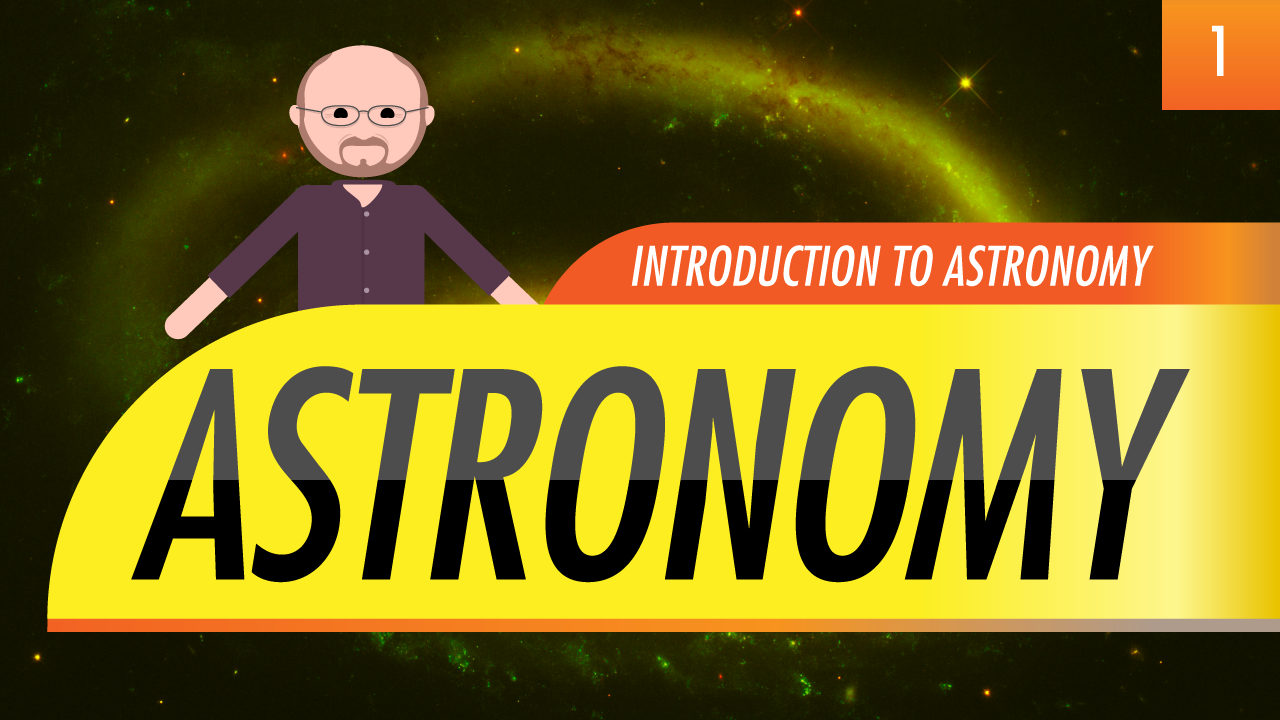Watch Episode

Introduction to Astronomy: Crash Course Astronomy #1
S1 E1 / 12m 11s
Welcome to the first episode of Crash Course Astronomy. Your host for this intergalactic adventure is the Bad Astronomer himself, Phil Plait. We begin with answering a question: "What is astronomy?"





























